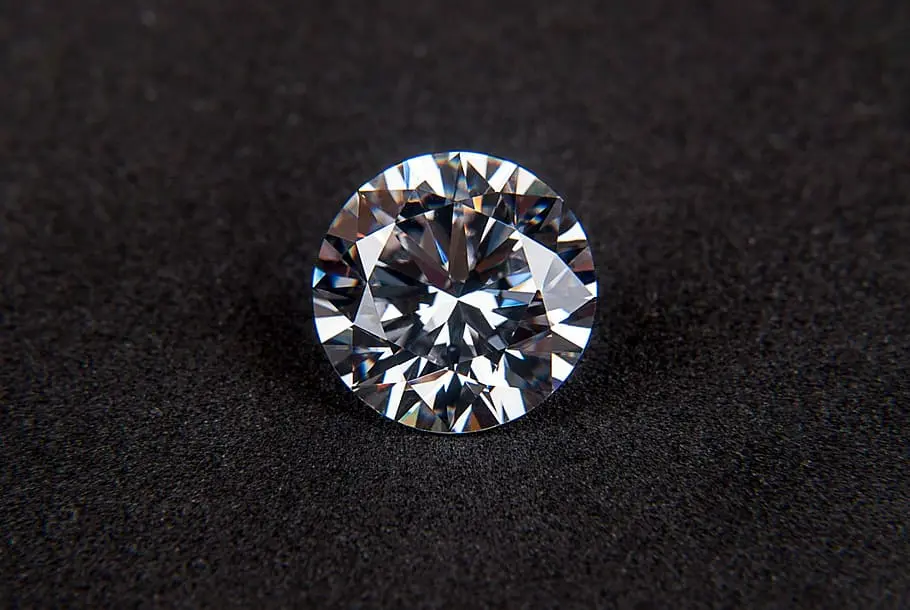Transforming rough diamond stones into stunning gems can be a complex and intriguing journey. Learning about the steps involved in cutting a diamond may help you be more aware of what to look for when shopping for quality diamond products. Here are the steps used to cut diamonds before they are then sold to jewelers:
Table of Contents
Evaluating
A skilled diamond cutter assesses the uncut stone by analyzing its size, shape, and internal attributes. The aim is to enhance the diamond’s desirable features, such as brilliance, fire, and sparkle. This helps reduce imperfections and flaws.
The diamond cutter uses a specialized tool called a loupe to evaluate the stone. They closely inspect it for inclusions and blemishes, which indicate internal flaws and surface imperfections. The cutter takes a series of measurements to determine the optimal cutting method to yield the highest possible carat weight.
Cleaving
The diamond cutter examines the diamond to identify the optimal dividing area. Using a cleaver, a specialized tool designed for this purpose, the cutter strikes the stone along a predetermined line of weakness. The cutter separates the diamond into smaller pieces through precision and power while preserving its innate allure. This process highlights the importance of expertise, attention to detail, and finesse in diamond cutting.
Bruting
The diamond artisan uses specialized equipment, including a lathe-like machine that rotates the diamond while it contacts a diamond-studded wheel. This technique grinds away the diamond’s rough edges, resulting in a smooth geometric form like a square or rectangle.
The cutter adjusts the proportions of the crown and pavilion, the upper and lower sections of the diamond. Optimizing these dimensions maximizes the visual appeal of the final product.
Faceting
The art of faceting can bring out the beauty of diamonds. This step involves crafting flat and polished surfaces, known as facets, to maximize a stone’s brilliance and sparkle. The process can be achieved using specialized equipment called a faceting machine. This machine holds and rotates the diamond against a wheel coated with diamond dust. The grinding action of this wheel allows a skilled cutter to form each facet at exact angles, working with finer grits to refine the diamond’s final shape. The number and arrangement of a diamond’s facets may vary based on the gem’s proportions and structure.
Polishing
Polishing a diamond refines the stone’s surface, bringing out its brilliance and shine. This process uses a high-speed polishing wheel coated with diamond dust of varying grit sizes. The cutter begins with a coarser grit, transitioning to finer grits to achieve a polished surface. This intricate process can enhance the diamond’s aesthetic appeal and optimizes its value in the market.
Cleaning
This process involves using ultrasonic cleaners and steamers to remove residual dirt, dust, or remains from the cutting and polishing stages. It allows the diamond to unveil its sparkle, ready for sale.
After the diamond is cleaned, a final inspection is conducted according to the criteria established by the Gemological Institute of America (GIA) or similar grading labs. The inspection assesses the four Cs (carat weight, color, clarity, and cut) that determine the diamond’s quality. If the diamond meets the criteria, it is sold to jewelers who can craft it into inspiring jewelry.
Buy Diamond Rings From Reliable Jewelers
Diamond cutting involves a multifaceted process that requires expert judgment, precision, and craftsmanship to reveal the diamond’s brilliance, fire, and quality. From the initial evaluation stages to the polished finished gemstone, diamond cutting unveils the beauty hidden within this luxury mineral.
Keep these steps in mind when you go to purchase diamond jewelry from jewelers. Learning these steps can help you know what to look for in a high-quality diamond.

